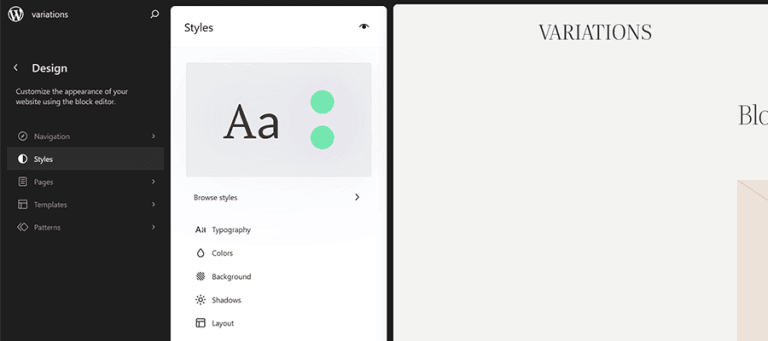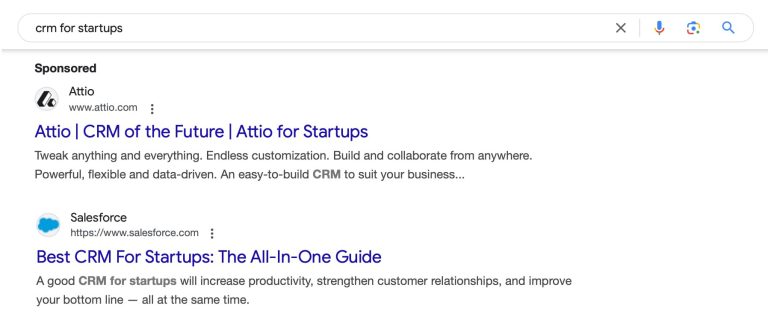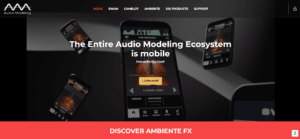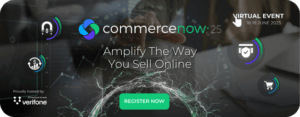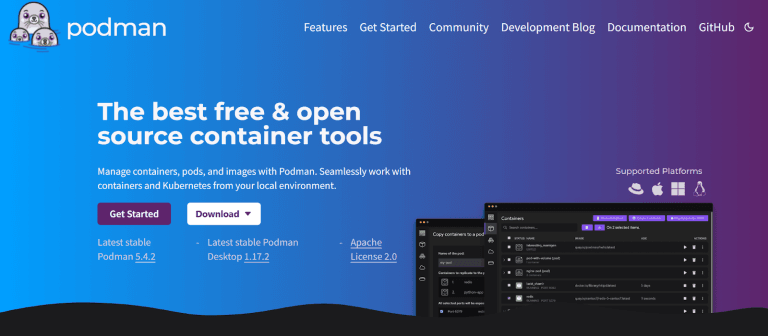We studied the traffic of 3,000 websites to better understand the size and make-up of AI traffic—including how much of it is being sent, the most common referral sources, and how that differs depending on the size of the site.
We analyzed the traffic differences between sites driving greater than 10,000 visitors, between 1,000 and 9,999 visitors, and below 999 visitors per month, across the following seven AI chatbots: ChatGPT, Claude, Copilot, Gemini, Perplexity, Jasper, and Mistral.
Here are our top findings:
- 63% of sites receive AI traffic overall
- 98% of AI traffic is sent by three chatbots
- ChatGPT is the biggest referrer, accounting for 50% of AI traffic
- 0.17% of the average website’s traffic comes from AI chatbots
- The smallest websites get the greatest % of total traffic from AI
Thanks to our data scientist Xibeijia Guan for aggregating all of the data behind this study.
But, I’d also recommend reading the following posts:
Analyze your own AI traffic with Ahrefs Web Analytics
It’s clear that if you want traffic from AI, you need to focus your attention on the “big three” chatbots driving 98% of AI traffic: ChatGPT, Perplexity, and Gemini.
ChatGPT, in particular, should be your main focus, since it drives half of all AI referrals.
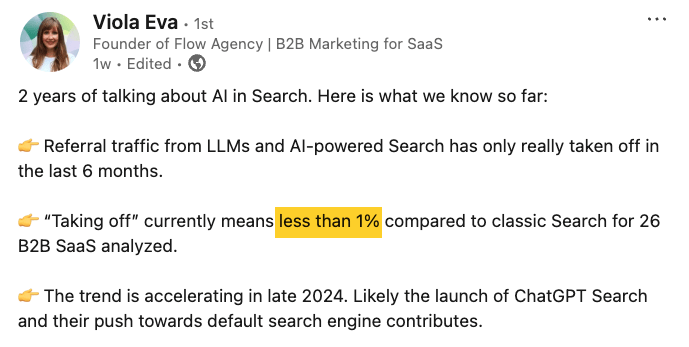

A post from Flow Agency Founder, Viola Eva, showing that less than 1% of traffic came from AI, based on her study of 26 B2B SaaS sites.
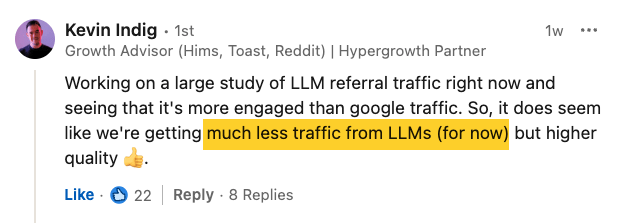

A comment from Kevin Indig on Viola Eva’s post, revealing he is also seeing minimal amounts of traffic from AI/LLMs right now.
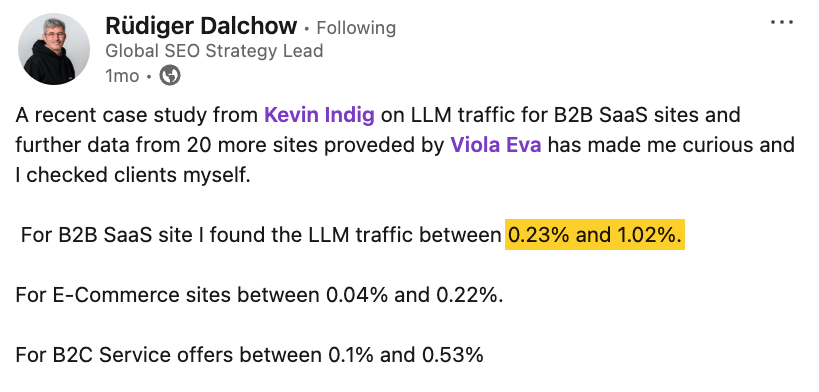

Rüdiger Dalchow found that B2B SaaS sites were receiving 0.2% and 1.02% of their traffic from AI.
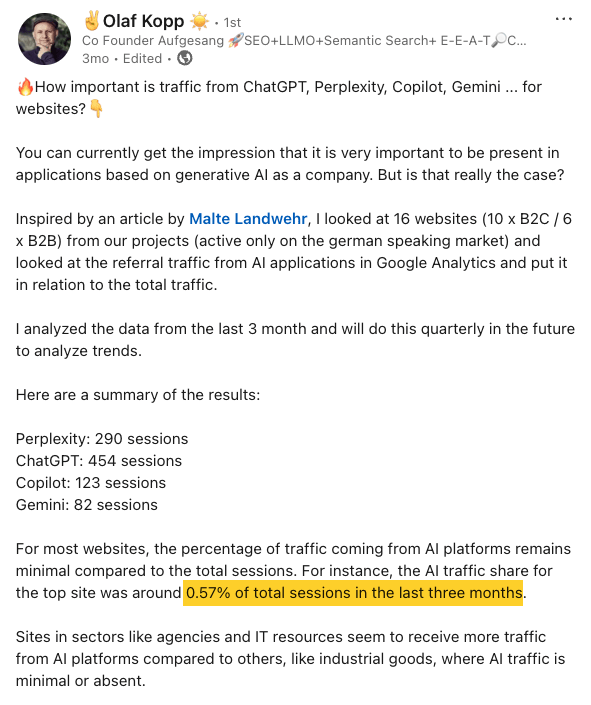

Olaf Kopp saw that AI traffic share stood at just 0.57% of total sessions
Your analytics may show similar or even higher AI traffic numbers.
Across all three cohorts, we noticed the top sites picking up roughly 6% of their total traffic from AI, with one site earning as much as 18%.
While ~0.17% might seem negligible, true figures are likely north of this, since AI visits can get bundled in with “direct” traffic.
With these kinds of reporting quirks, finding other ways to attribute your AI traffic and conversions is a must.
One avenue you can go down is setting up qualitative tracking methods like “How did you hear about us?” forms, to catch what analytics might miss.
For example, we collect qualitative feedback on registration, and to date we’ve seen 14K+ self-attributed new users from ChatGPT.
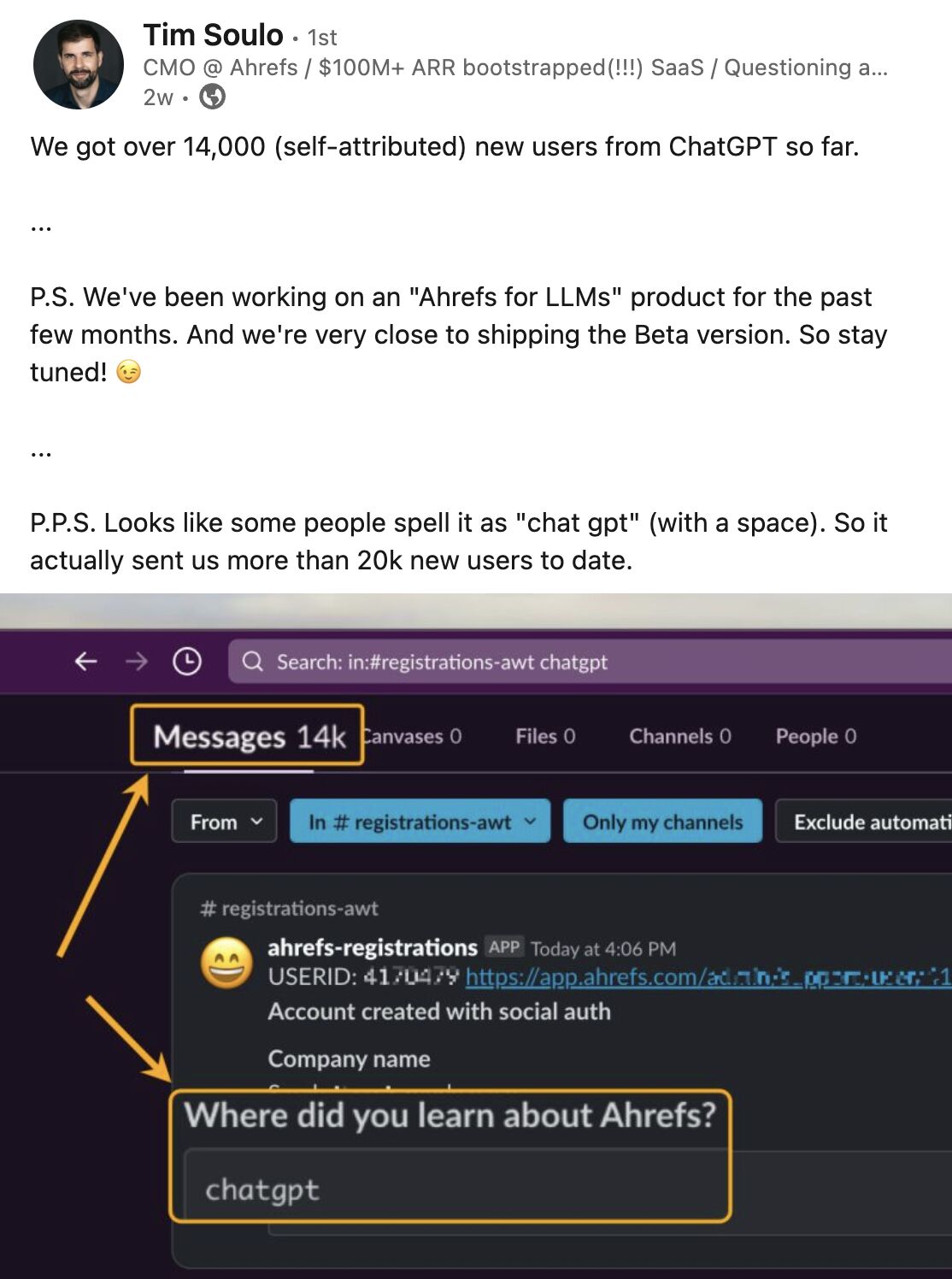

Ahrefs registration feedback data, shared by Tim Soulo, proving AI visits can lead to conversions
Now that we’ve analyzed average AI traffic across our entire sample, let’s dig deeper into individual cohorts.


Patrick also points out that this might not be a strategic move by Copilot, but rather a mistake.
“Sometimes it’s a mistake. There was a time when the Google app on mobile stripped the referrer, for example.”
I did the same check on Mistral and Jasper, and found that their AI referral traffic also pulls through as “direct”.
The implication of this is AI traffic is likely being vastly underestimated.
And if AI traffic is being underestimated, you can be sure AI conversions are too—particularly since converting users don’t always click through from AI.
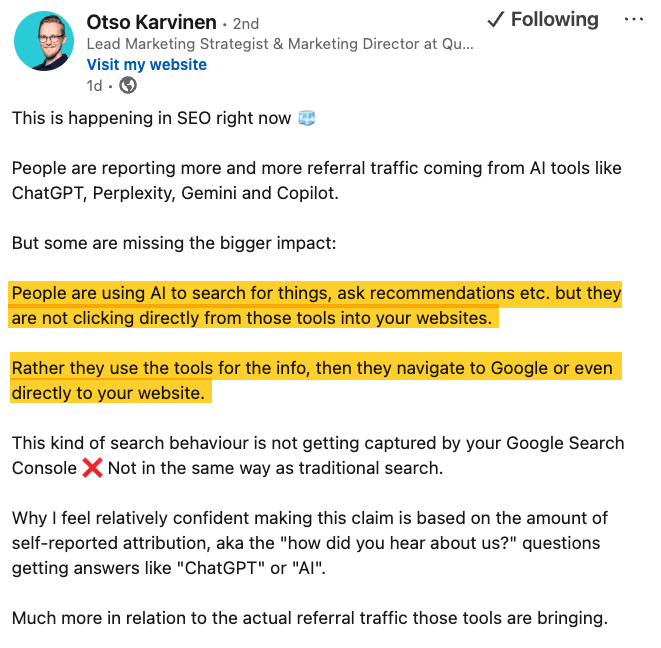

Otso Karvinen asserts that AI users don’t always click directly from AI tools through to websites, and that visits may happen at a later date.
AI tools really come into their own when driving brand awareness. While it’s still possible to convert users from AI, that doesn’t always happen in one neatly packaged conversion journey.
Knowing the limitations in tracking AI traffic and conversions is crucial if you’re setting campaign expectations or reporting results to clients and stakeholders.
Final thoughts
You can use the data in this study to benchmark your own AI traffic and manage expectations.
While you shouldn’t expect tons of AI visits right now, your AI traffic is likely to be greater than your analytics is able to show.
With that in mind, keep an eye on your “direct” traffic. If platforms like Copilot are holding back referrer information, interesting things might be hiding in there.
For instance, pay attention to direct traffic spikes for individual pages—this might just be a sign that untraceable AI sources are referencing that content.
We’ve learnt that larger sites get more traffic from AI—but if your site is small, your AI referrals are going to account for a larger share of your total traffic.
Find and optimize your most-cited content, create more of it, then focus on incremental gains from ChatGPT.
If you found this study interesting, check back on the blog for more AI traffic research.
Similar Posts

Learn How to Build a WordPress Block Theme Style Variation
WordPress block themes offer plenty of flexibility. You can make style and layout changes within your…

SEO vs. Pay-per-click advertising: Which one should you choose?
Search Engine Optimization. It consists of everything you do to get your site higher rankings in…

How to Migrate Your Server with (Near) Zero Downtime
Server migration doesn’t have to be stressful. Whether you’re upgrading hardware, switching providers, or changing location,…

Software Companies Interview Series: Audio Modeling
Recently, we had the pleasure to chat with Emanuele Parravicini, Co-Founder, CTO and Sales Director at…

Industry Buzz – April 2025
We’re excited to kick off this month with some important updates and insights to help you…

The Best Docker Alternatives for Containerization in 2025
Docker has changed software development and application deployment through containerization. Its intuitive command-line interface, tools such…
